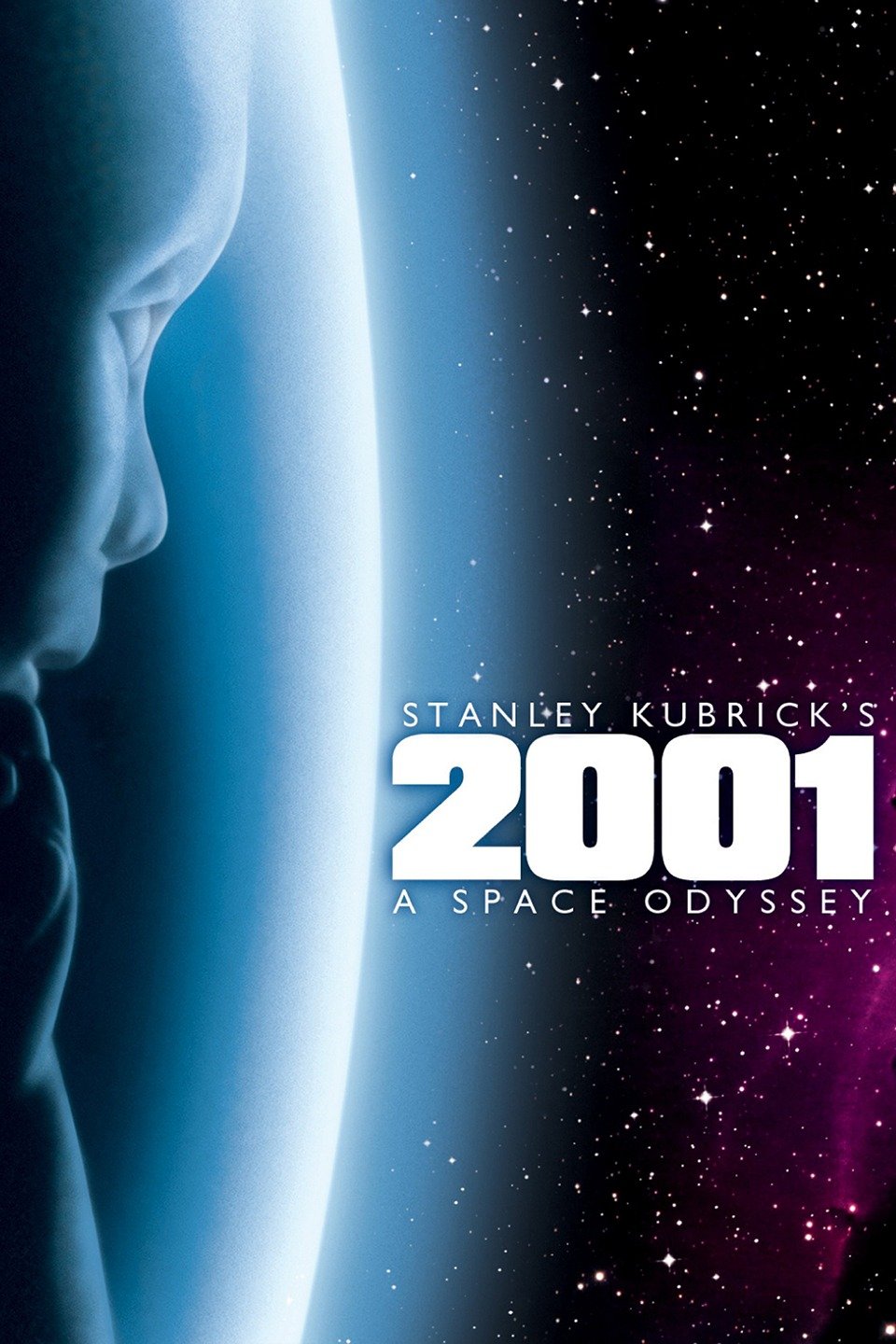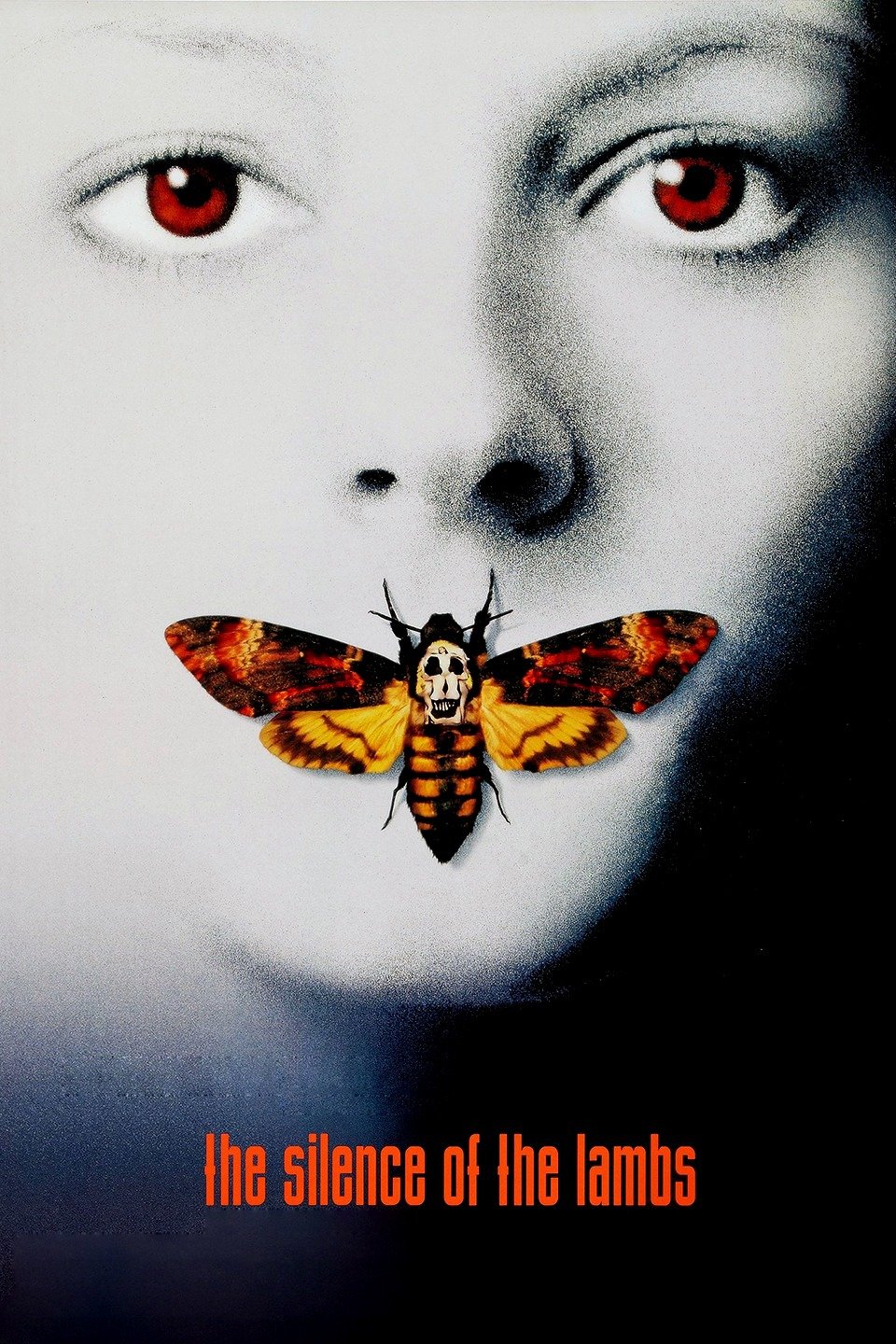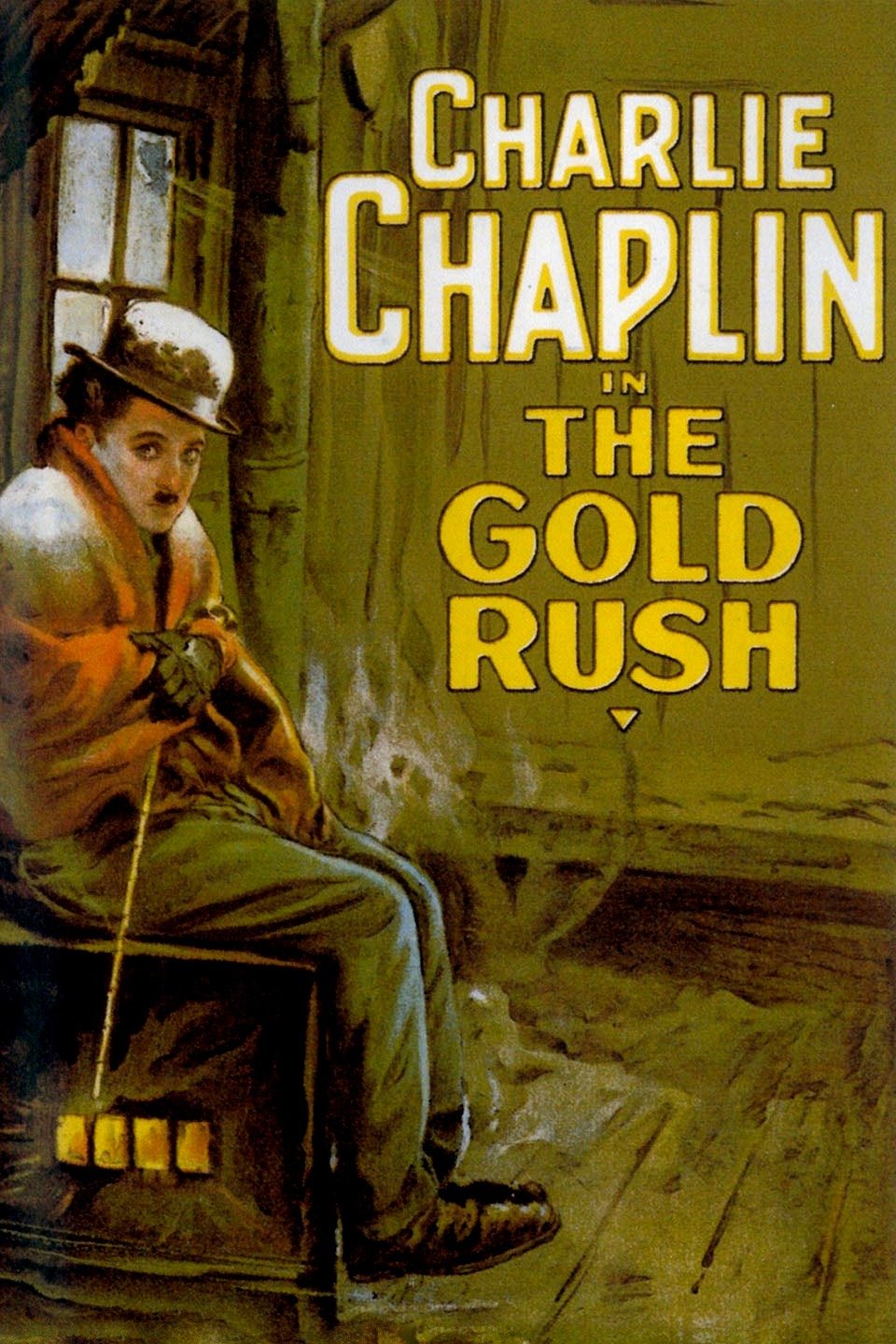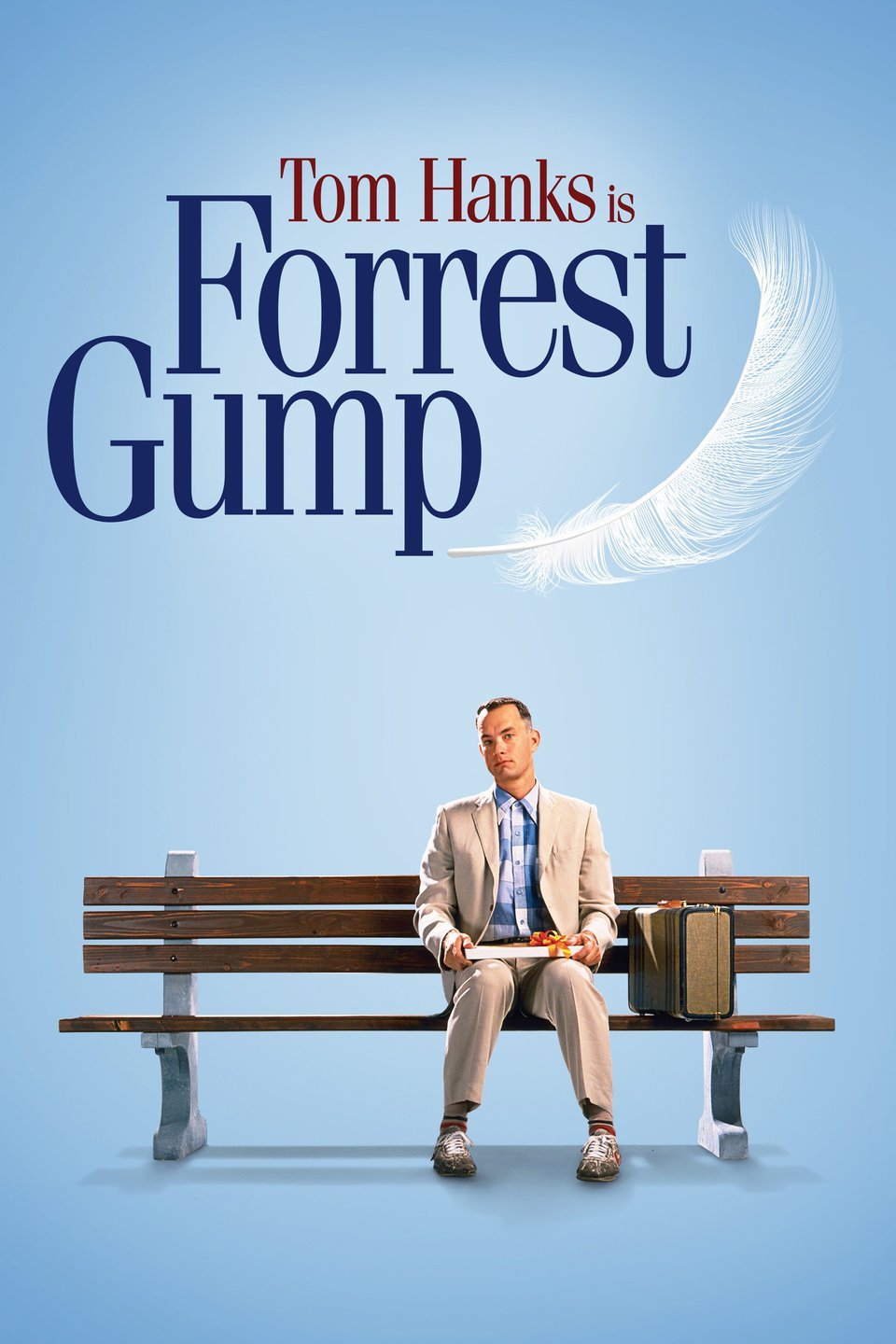Movie: Gothika
Main characters:
Halle Berry – Dr. Miranda Grey
Penelope Cruz – Chloe Sava
Robert Downney Jr. – Dr. Pete Graham
Charles S. Dutton – Dr. Doug Grey
Summary of the plot:The film starts with the scene where psychiatrist Dr. Miranda Gray works in a psychiatric clinic which almost reminds a prison. The facility has multiple cells that are well equipped. Dr. Gray has a discussion with Chloe who spent almost 3 months in the facility because she murdered her step-father who was raping her. Dr. Miranda works closely with Chloe to lead her to a conclusion that she murdered her step-father and wanted her to realize what she did. During the discussion Miranda shares her thoughts with Dr. Miranda but doctor thinks that it’s simply a non-sense information. Before leaving, Chloe says “Never trust the person who thinks that you are crazy”.
On the way back Mirnada gets into the accident where she thinks that she almost hit the girls who was standing in the middle of the road. Miranda runs out of the car trying to help a stranger, but it turns out to be a ghost. After this, Dr.Miranda loses consciousness, and wakes up already in her hospital, but as a patient. She finds out that her husband was brutally murdered, and she herself is the main suspect, although she does not remember anything that happened after the accident. The ghost is trying to communicate with Miranda, cutting messages on her body, but her colleagues think that the girl inflicts wounds on her own.
Meanwhile, Miranda begins to get closer to her former patient named Chloe, who claims that she is being raped in the clinic and earlier Dr. Gray always thought it was not true. Once a ghost opens the door to Miranda’s room she follows to Chloe, managing to see the back of her rapist. Chloe later tells her that this man said that Miranda herself would be his next victim. Miranda begins to remember that she indeed killed her husband, but the ghost of this girl infused her body, so she decides to figure out how that happened.
Miranda runs away from the clinic and gets back home. In the basement of the old barn, she discovers a room in which there is a bloodied bed, a box with medicines and video equipment. On one of the tapes, she sees her husband involved in the rape and murder of a girl. At this time, the police arrive and detain Miranda. Sheriff Ryan, who was her husband’s closest friend, asks her how she found out about all this because he doesn’t believe in the ghost story. Miranda is trying to describe the psychological portrait of the second criminal and realizes that the sheriff himself is a murder.
Then, Miranda fights sheriff. She was able to kill sheriff and survive but not without the help of the ghost.. Almost immediately after this, Pete appears, who also guessed what really happened.
About a year later, Miranda walks along the road with Chloe, telling her that she no longer sees ghosts, and then sends her friend in a taxi. After that, she notices a boy who stands in the middle of the road. Miranda starts shouting at him to get off the, but the car passes through him without causing any harm. The girl understands that this was a ghost. And then she sees a poster with a photo of a boy, indicating that he was missing.
The production of the film was low budget compared to the revenue it generated. The film has scenes where the prison was located in Laval, Quebec. It was an abandoned building where they filmed prison scenes. The initial plan was to build the scenes without finding an actual building but the decided that it would give a real experience if they will find an actual building. Mathieu Kassovitz was the one who voted for the abandoned building located in Laval. He thought that it was perfectly fitting the plot of the film and connects well with the atmosphere of the film. Susan Levin who was producer of the film shared her opinion saying, “”When we were scouting locations during pre-production, we came upon the SVP and immediately knew that it was the place,” “The ominous mood and tone of this movie are perfectly personified by that prison.”
According to Rotten Tomatoes 14% of movie critics voted saying that it deserves watching while the rest negatively reviewed the film. Critics had two opinions about the film stating that the screenwriter does not explain the story well and there is almost no logic in the film while other critics greet the film by pointing out that the film has a twisted plot that makes it interesting to watch the film.
The genre of the film is horror and thriller at the same time. The film has a presence of psychological scenes but at the same time it illustrates murders almost in details with blood in the scenes. That makes the film to fall under two genres which are horror and thriller. There is no doubt that the film tend to be considered thriller since the film starts with doctor-patient dialogue where Halle Berry (Dr. Miranda) tries to understand the motive of the murderer. Later on, the movie shows how the main character murdered her husband where lots of blood was on the screen. Personally, I think that it fits perfectly since it has a great balance where thriller genre dominates while the horror is limited.
The movie has sounds that were well-picked. While watching I turned the volume down to analyze what it would like to watch scary scenes without the volume. It was a significant difference. The sound definitely has an impact on the viewers’ attention and overall quality of the film. Mise-en-scene: lighting in the movie was great besides the times when there were ghosts and special effects in the movie. I have noticed several times that the technology was not representing a well-drawn ghosts. For example, when Dr. Miranda met with the ghost for the first time it was glitching a little making it seem like the screen is broken. Stage of the film fits well with overall film. It does not jumps from one type of environment to another. However, prison seemed old but at the same time it was well equipped where bullet proof glass doors locked the patience. But at the same time the facility was not equipped with stable electricity which raises the question “You have money for the expansive glass doors but cannot afford fixing the electricity?” There is not a lot of content to analyze the costume of the actors since it represented real life examples of doctors, police officers and patience. Acting part was the most interesting to me. Halle Berry plays her role at her best. You can notice that her face expresses confusion when she realizes that she is patience at her own workplace.
The film Gothika is a psycological thrillers that was produced in 2003.The film director was Mathieu Kassovitz and written by Sebastian Guiterrez. Main role belonged to Halle Berry who was psychiatrist. Budget of the film was $40 million whereas the revenue that the film accumulated was $141.6 million. The movie provides clues that the viewer can notice right from the beginning of the movie. For example, when Dr. Miranda works closely and discusses Chloe’s feelings, Chloe’s response was “You can’t trust someone who thinks you’re crazy.” I think that was the key to the entire plot of the movie. Honestly, while watching the film I knew that it gave the idea that if you only pretend that you understand or feel similar to the person who shares with you his or her feelings you cannot take actions that will help the person. Therefore, Dr. Miranda gets into the cycle where she looks from the patients’ lenses.
Another great example is when Chloe is saying the truth but with the perspective of the person who felt the pain at the highest possible level, “He came back again last night and tore me like paper. He opened me like a flower of pain, and it felt good. He sank into me and set me on fire, like he always does. Made me burn from the inside out.” Dr. Miranda lives in the reality and thinks that she only needs to rely only on the facts given to her. That again confirms the idea that it is hard to truly believe the person who experienced pain and who screams for help but you only rely on facts. Dr. Miranda decides to share her thoughts with her husband but he only calms her and forces to believe that she has to live in reality and throw away Chloe’s imagination of the world where the Devil exists.
Moreover, when Dr. Miranda rejects that she is a patience of the facility where she worked, she still wants to assure herself that she is sleeping and she has to think rationally, “I am a rational person. I believe in science. I don’t believe in the paranormal, and I don’t believe in ghosts, but if you are the ghost of Rachel Parsons, unlock this cell.” Once the ghost opens the cells she realizes that this was not a dream at all.
In conclusion, even though critics has two opinions about the film and negative review dominates I think the movie is still interesting and deserves to be seen. I believe that the plot was interesting enough to have its viewers pay close attention to every detail shown in the movie. Mise-en-scene composed of well developed plot where actors play their role like it they are real person of the film.
Sources:
https://en.wikipedia.org/wiki/Gothika
https://www.rottentomatoes.com/m/gothika
https://www.rogerebert.com/reviews/gothika-2003


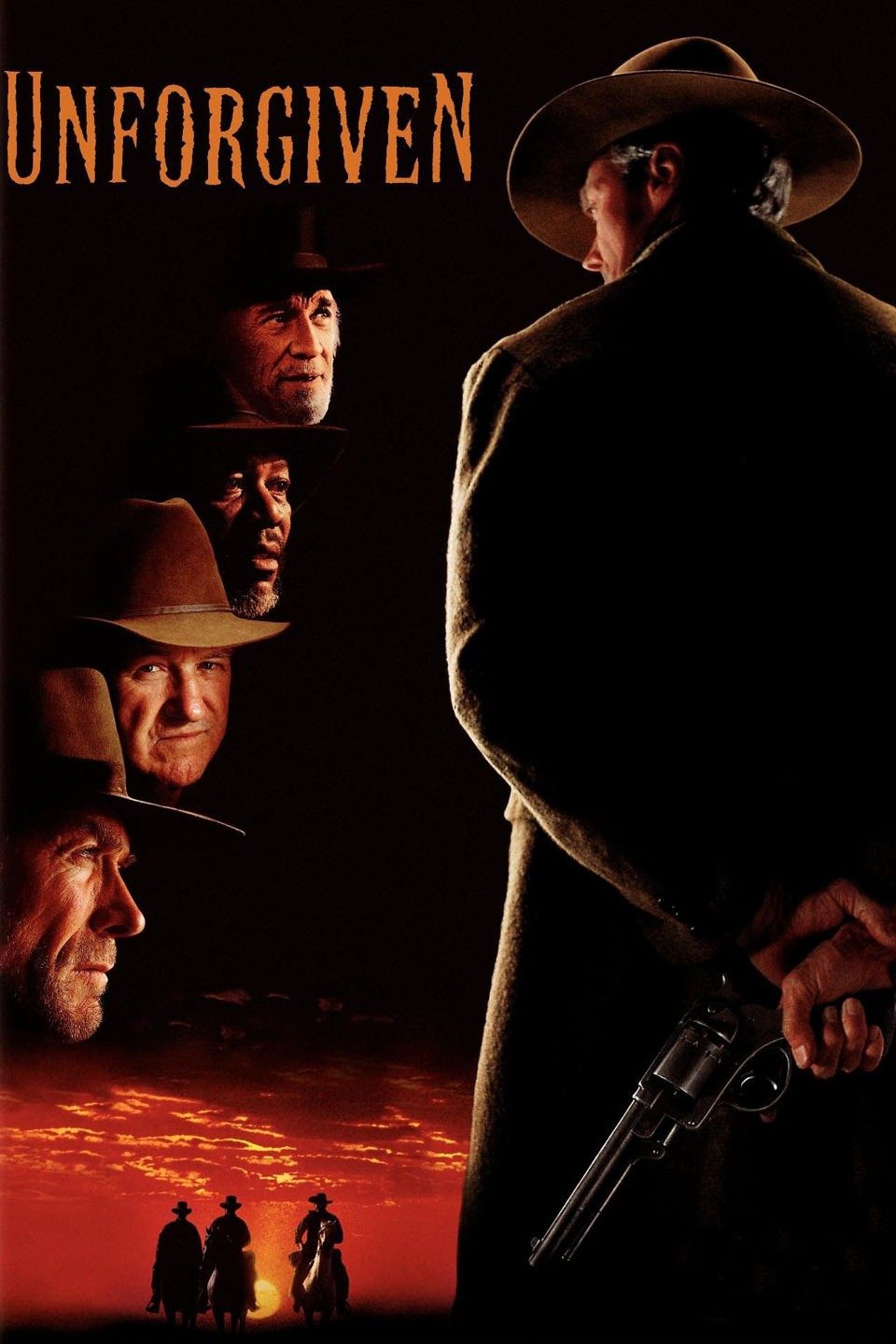 It’s easy to believe when you watch Unforgiven, that the movie is the winner of four Oscars (moreover, Eastwood’s picture was the third Western film to be awarded for the best film of the year, the second was Dancing with the Wolves, and the first I will not mention).
It’s easy to believe when you watch Unforgiven, that the movie is the winner of four Oscars (moreover, Eastwood’s picture was the third Western film to be awarded for the best film of the year, the second was Dancing with the Wolves, and the first I will not mention).